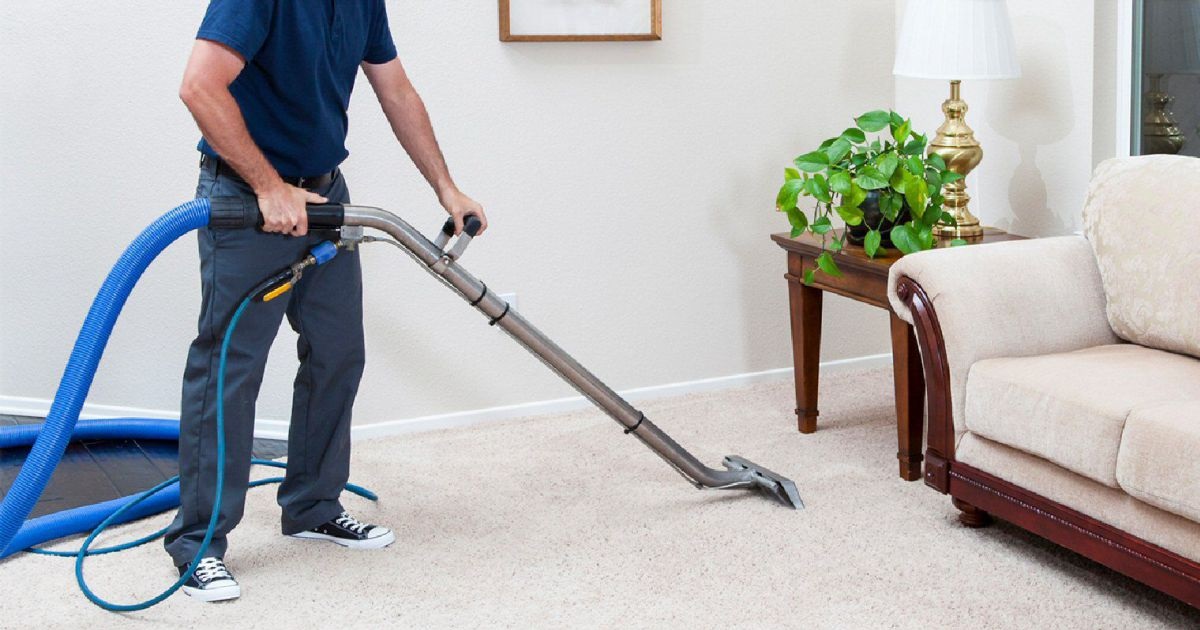Is Steam Cleaning Good for Carpets: Pros and Cons Explained

Steam cleaning has become one of the most popular carpet cleaning methods available today, but many homeowners still wonder if it's the best choice for their specific needs. An expert cleaning company can help you determine whether steam cleaning is suitable for your carpet type and lifestyle, but understanding the pros and cons yourself helps you make informed decisions about carpet care. Steam cleaning offers several significant benefits while also presenting some potential drawbacks that you should consider before choosing this cleaning method. This comprehensive guide examines both sides to help you determine if steam cleaning is right for your carpets.
Effectiveness in Stain Removal
Steam cleaning excels at removing tough stains that other cleaning methods often leave behind, making it particularly valuable for homes with pets, children, or high foot traffic. The combination of high-temperature water (usually around 200°F) and powerful suction breaks down stubborn stains at a molecular level, loosening the bonds between dirt and carpet fibers. This process works especially well on protein-based stains, such as blood, urine, and food spills, which can be difficult to remove with regular vacuuming or spot cleaning. The hot water extraction method penetrates deeply into the carpet pile and padding, extracting stains that have penetrated beyond the surface. Pet owners find steam cleaning particularly effective for removing odor-causing bacteria and organic matter that create persistent smells. The heat also helps dissolve grease and oil-based stains that resist water-based cleaning products.
Allergen and Bacteria Elimination
One of steam cleaning's biggest advantages is its ability to kill harmful microorganisms and remove allergens that can affect indoor air quality. The high temperature of the steam, typically above 200°F, destroys bacteria, dust mites, mold spores, and other allergens that live deep in carpet fibers. This sanitizing effect goes beyond what regular vacuuming can achieve, reaching into carpet backing and padding where allergens often hide. For families with allergies, asthma, or other respiratory issues, steam cleaning can significantly improve the home environment by removing triggers that cause symptoms. The process also eliminates pet dander, pollen, and other microscopic particles that accumulate over time. Regular steam cleaning helps maintain better indoor air quality by preventing the buildup of allergens and bacteria that can multiply in carpet fibers.
Quick Drying Time
Modern steam cleaning equipment removes most of the moisture during the cleaning process, leaving carpets only slightly damp rather than soaking wet. Professional-grade machines use powerful suction to extract the majority of water and cleaning solution, typically leaving carpets dry within 6-12 hours under normal conditions. This relatively quick drying time helps prevent mold and mildew growth that can occur when carpets stay wet for extended periods. Proper ventilation, fans, and dehumidifiers can further reduce drying time. The fast drying also means less disruption to your daily routine, as you can usually walk on carpets within a few hours of cleaning. However, drying time depends on factors like humidity, air circulation, carpet thickness, and the amount of soil removed during cleaning.
Risk of Over-Wetting
While steam cleaning is generally safe when done properly, over-wetting poses the biggest risk to both carpets and the underlying structure. Using too much water or inadequate extraction can saturate carpet padding and subfloors, leading to mold growth, carpet delamination, and structural damage. Some carpet types, particularly those made from natural fibers like wool or older carpets with weak backing, are more susceptible to damage from excessive moisture. Signs of over-wetting include carpets that remain wet for more than 24 hours, musty odors, or visible water damage to baseboards and walls. To prevent over-wetting, use properly calibrated equipment, test inconspicuous areas first, and work with experienced operators who understand proper water-to-extraction ratios. If over-wetting occurs, immediate action with fans, dehumidifiers, and professional drying equipment can prevent permanent damage.
Environmental Impact
Steam cleaning offers significant environmental advantages compared to many traditional carpet cleaning methods. Here are the key environmental considerations:
- Reduced Chemical Use: Steam cleaning relies primarily on hot water rather than harsh chemicals, reducing the introduction of toxic substances into your home and the environment.
- Lower Water Consumption: Despite using water, steam cleaning typically uses less total water than some shampooing methods because the extraction process recovers most of the applied water.
- Minimal Chemical Runoff: Since fewer chemicals are used, there's less risk of harmful substances entering groundwater or municipal water systems through wastewater.
- Energy Efficiency: Modern steam cleaning equipment is designed to be more energy-efficient while still providing powerful cleaning performance.
- Wastewater Management: The proper disposal of extracted wastewater is crucial to prevent environmental contamination, as the reduced chemical content makes disposal safer than traditional methods.



